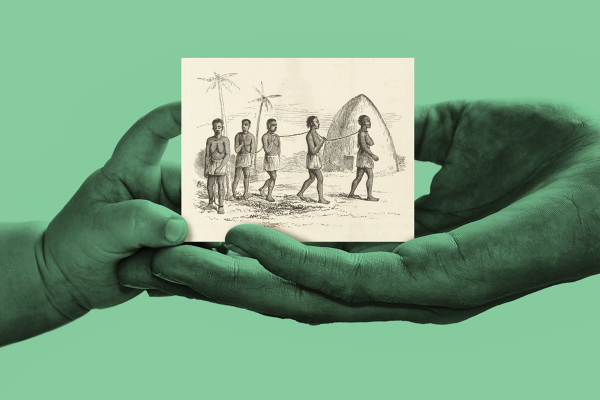HOW CAN SOMEONE born white take on new flesh when they are old?
This is the question I hear when I read the story of Nicodemus during this Black Lives Matter moment amid the 400-year-long freedom struggle of Black people in the U.S. “How can someone be born when they are old? Surely they cannot enter a second time into their mother’s womb to be born!” (John 3:4). How?
In 1707, my sixth great-grandfather bought my sixth great-grandmother at a slave auction at a French military post in what is now Mobile, Ala. She, later “christened” Thérèse, was a 10-year-old Chitimacha girl. He, Jacques Guedon, was a 17-year-old from Nantes in Brittany who had been recruited into the French colonial navy.
The Chitimacha were the most powerful nation along the Gulf Coast. Prior to contact with Europeans, the Chitimacha lived in a sophisticated matrilineal culture of classes and clans that served them for more than 10,000 years—through disease, war, and climate changes. They vigorously and continually defended their homeland against incursions and slave raids by English, Spanish, and French military, migrants, and missionaries. Today, they are the only tribe in Louisiana to still occupy a portion of their aboriginal homeland.
But a young French-Canadian commander named Bienville was tasked with establishing a fort at Mobile and defending it against the English. He needed to make alliances with native nations—primarily the Chickasaw and Choctaw—or severely weaken those that refused. To accomplish these twin goals and build up his personal wealth by selling Indian slaves, Bienville led his regiment in a night raid on Thérèse’s village. Likely all the adults were massacred. The dozen or so children left alive, including Thérèse, were rounded up for sale. It was a minor skirmish in France’s half-hearted attempt to establish and maintain extractive trade routes for maximum profit and minimum outlay, an expedient conquest to boost political standing and pay off debts.
Read the Full Article

